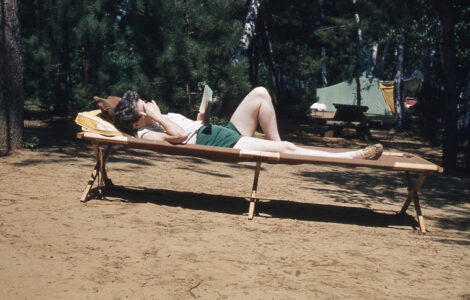The life of William Miner through a scholar’s eye
Review: “William H. Miner: The Man and the Myth” by Joseph C. Burke
A Clinton County Museum Day visit in June to Heart’s Delight Farm in Chazy (https://youtu.be/2cGTsU4O79Y) provided some wonderful information and prompted more questions about North Country industrialist and philanthropist, William H. Miner. Former SUNY Plattsburgh President Joseph C. Burke’s biography is a well-written, scholarly and detailed treatment of the man whose contributions remain part of our cultural and physical landscape.
William Miner was born in Juneau, Wisconsin, in 1862. An orphan at 10, he went east to live with his uncle and aunt at their farm in Chazy. Though Aunt Hulda and Uncle John treated Miner well and taught him farming (he also learned at a one-room schoolhouse), Burke tells us Miner went west when he turned 18, to work for the Wabash Railroad.
The Wabash Railroad employed him as a carpenter for 10 hours a day, six days a week. At night he went to the Artisan School at the University of Minnesota, where he learned drafting. Always driven and curious, his interest in engineering led him to his first patent in 1891. Railroads were moving people and commodities across America, and Miner’s invention cushioned the ride and the coupling of cars on the rails. That was the first of 30 patents he would hold individually and bring him great wealth.
In the early 1900s, Miner returned to Chazy. The return, Burke suggests, might have been prompted by the death of the Miners’ only son, William Henry, two weeks after his birth. The sorrow that followed might have spurred Miner to build a beautiful farm where he and his wife Alice could “reconnect with his old family roots” and ease their pain.
Comfort for their personal grief was not the only reason for Heart’s Delight, however. Miner also had a “valiant vision to save agrarian life from the urban attraction that stole its young.” Early in the last century he addressed a problem still besetting upstate New York — how to make home attractive to our youth.
Burke catalogs Miner’s contributions to making the North Country a good place to live. “By the early 1920s … he had provided additional income and scientific agriculture … brought light to Chazy and its churches through his hydro projects, and built a model Chazy Central Rural School.” And then he turned his attention to building what we now call Champlain Valley Physicians Hospital.
A giant like William Miner deserves a book like Burke’s biography. It is meticulously researched, well-organized and clearly conveys the complicated man. Burke addresses the untrue myths that grew around the rich and sometimes prickly genius/philanthropist, and helps the reader understand who generated Heart’s Delight and why. Both the farm and the book are worth visiting.


